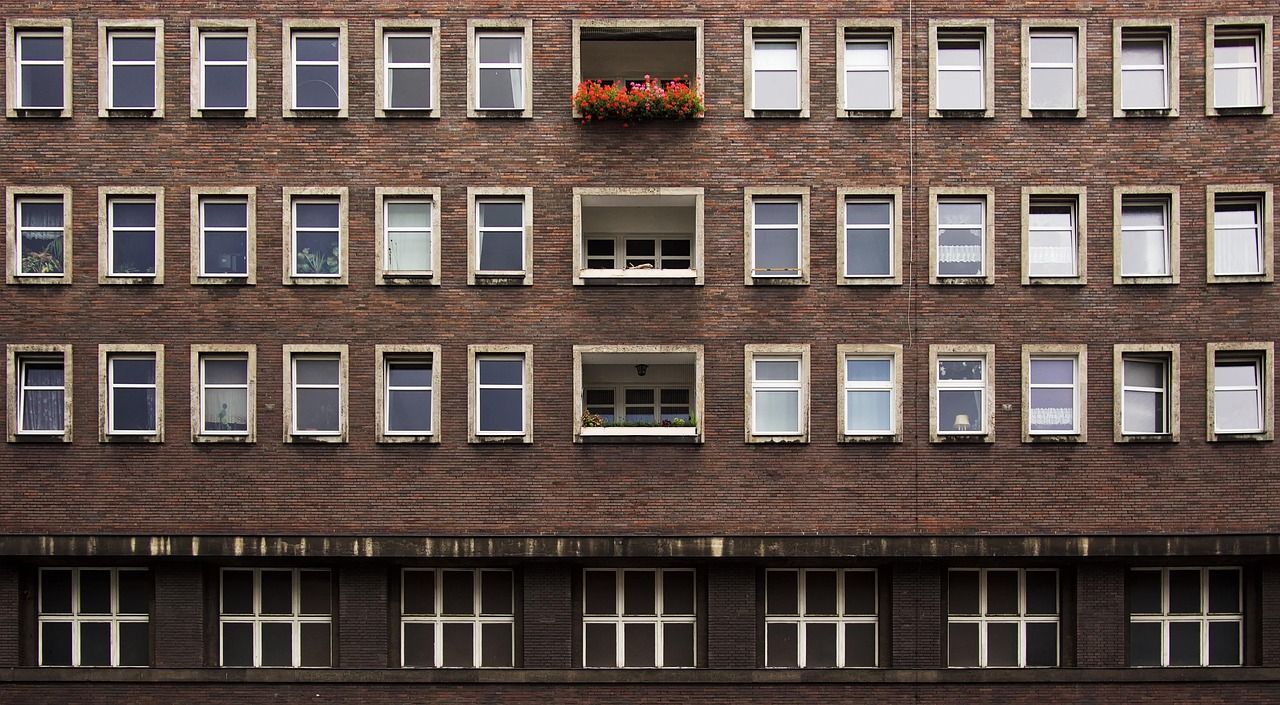The $1.4 Million Acquisition Loan Closed on August 21st
This Wednesday, Janover Ventures’ Camilo Padron closed a $1.4 million Fannie Mae Small Loan for Pheasant Run Townhomes, an 18-unit apartment property in State College, Pennsylvania. We sat down to talk about the deal, and why, despite recent market changes, the Fannie Mae Small Loan program is still an excellent option for borrowers.

What made this deal special?
For this deal, our client was a first-time agency borrower. He was totally new to the world of agency financing and had really only used bank debt in the past. Naturally, he had a lot of questions and, at first, was a little bit worried about how the deal might work. Fortunately, we were able to guide him through every step of the process and get him terms that beat his bank.
What can you tell us about the loan?
We got our client a $1.4 million, 10-year fixed-rate loan with a 30-year amortization and one year of interest-only (I/O) financing, at a very competitive interest rate. As with most agency deals, the loan was non-recourse, which was ideal for our borrower (and can be pretty hard to get if you’re going to your local bank). We closed in less than two months, which is pretty much par for the course for this type of debt.
How did this transaction compare to other Fannie Mae Small Loan deals you’ve done?
In many ways, it was similar to other Fannie Small deals we’ve done in the past. Since the loan was for $1.4 million, it fit perfectly within the program’s range of $750,000 to $6 million. Since State College, Pennsylvania is a smaller market, we recommended going with a Fannie Small loan from the start— if the property was in a larger market, we might have recommended utilizing Freddie Mac’s Small Balance Loan (SBL) program instead.
Is the Fannie Mae Small Loan program a good fit for most multifamily borrowers?
Typically, it is. As I mentioned, Freddie’s SBL program is often better for larger markets, but in smaller markets, Fannie is king (or queen, I should say). Both Fannie and Freddie Small Loans offer a variety of fixed and floating-rate terms, as well as certain interest-only (I/O) financing options. However, only Fannie offers fully-amortizing 30-year loans, which can be a fantastic option for some borrowers.
Of course, for specific borrowers, such as those with a low net worth or credit issues, agency loans may not be a viable option; in these situations, we generally recommend CMBS (Fannie and Freddie typically want borrowers to have a net worth of 100% of the loan amount, not including retirement accounts). On the other hand, for highly-qualified, rate-conscious borrowers who are willing to step through a few more hoops (and wait a bit longer), we might recommend a HUD/FHA multifamily loan, such as the HUD 223(f) program, which starts at $1 million.
For those who aren’t familiar with the Fannie Small Loan program, some of the features and requirements include:
- 80% Max. LTV
- 1.25x Min. DSCR
- Up to 30-year amortizations
- 5- 30 year fixed-rate terms
- Interest-only (I/O) options available
- 45-75 day close
- 680+ credit score typically required (some flexibility)
- Non-recourse (with standard bad-boy carve-outs)
Fannie Mae and Freddie Mac Multifamily just raised rates; are Fannie Mae Small Loans still a good choice?
Yes, in most cases, they’re still a great option. Like I mentioned, CMBS, HUD, and perhaps other types of lenders are going to come in and snatch more details now that Fannie and Freddie raised their rates, but these loans still offer a high degree of flexibility and versatility for most small-balance multifamily borrowers.
